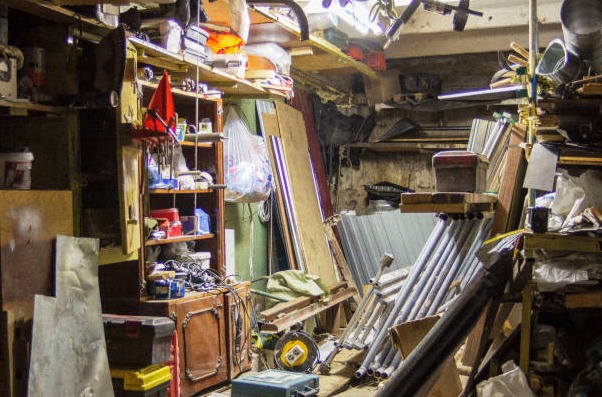We often associate hoarding with extreme cases, the kind that make it onto television.
In shows like Hoarders, mental health and safety professionals visit the homes of people who collect too many things. Their houses are overwhelmed with clutter: rooms filled with piles of old newspapers, clothes, dirty diapers, broken furniture, and pizza boxes stacked. Oftentimes, the piles are so high, they can only walk through narrow paths in their own homes.
To the extent, even their pets are found living in the mess, hiding inside garbage. The homes can be filthy and unsafe. In some cases, parents risk losing custody of their children due to unsafe living conditions. The workers try to help clean up and give support, but it’s not an easy job. Watching the show can be shocking, sad, unsettling, and not for the faint-hearted.
Yet, beyond the shock values lies something more universal: the thin, often invisible line between wellness and struggle. The people on the show aren’t called “insane” just because they collect a lot of stuff. In fact, society praises some form of hoarding, when it’s money, for instance, we call it saving. But the difference lies in what is hoarded and why we can’t let go of things no longer of value or use. Hoarders often cling to things with no real value, convinced they might need them one day.
Another word for a hoarder is a pack rat, someone who keeps everything they get and throws nothing away.
In this three-part series, we’ll explore the psychology behind hoarding. This first part shines a light on the subtle signs, those quiet, familiar habits we may not recognize in ourselves.
What are the signs?
Here are some red flags you may exhibit:
- Feel ashamed to let people visit your home because it’s messy and full of stuff.
You don’t invite guests over. You feel uncomfortable when people give you side glances or hesitate to sit down. You can almost feel their judgment just by the way they look around. - Have broken or outdated items that serve no purpose sitting around your house, but you still don’t throw them away. For example, you watch TV on top of two broken TVs, you’ve got old phones, worn-out shoes, dead electronics, broken appliances, and piles of clothes you haven’t touched in years. You tell yourself, “Maybe I’ll need this one day,” but deep down, you know you probably won’t.
- Leave clothes hanging in the wardrobe for years without touching them, thinking maybe one day they’ll fit again, come back in style, or you’ll finally feel good enough to wear them. You keep them because you paid a lot or because they remind you of something special.
- Inability to use your kitchen, bathroom, or bed properly because of all the stuff piled everywhere. If your couch or bed is buried under clothes, bags, or random things, you may need to take a serious look at your space.
- Keep sentimental items from parents, grandparents, or old friends, but they sit in the back of a closet all year. You don’t use or enjoy them, yet can’t throw them away out of guilt.
- Hold on to things that most people would call trash: empty plastic bags, broken pots, old cups, cardboard boxes, old “Ghana Must Go” bags with nothing in them. But to you, they feel important.
—
What’s your weak spot?
We all have our weak spots.
Is it your shoes? Clothes? Makeup? Brazilian hair/wigs/extensions? Electronics? Digital clutter, like emails or photos? Cars or even unused properties? The list is endless…
Do you have so much of one item that it could last through a world-ending disaster and still be too much?
Do you keep things “just in case,” with no actual plan for using them?
Some hoarders buy things on sale, not because they need them, but for the thrill, not the need? They keep buying new items but never clear out the old ones. If that sounds like you, it may be time to pause and reflect.
Are you holding on to things like tiny bottles of hotel shampoo or party souvenirs you never use/touch?
If you mentally checked yes more than once reading this, you might be nurturing hoarding tendencies, even if it’s hidden behind closet doors or organized shelves. And that could mean your home is overcrowded and messy, or it is packed away in a cupboard you barely open.




